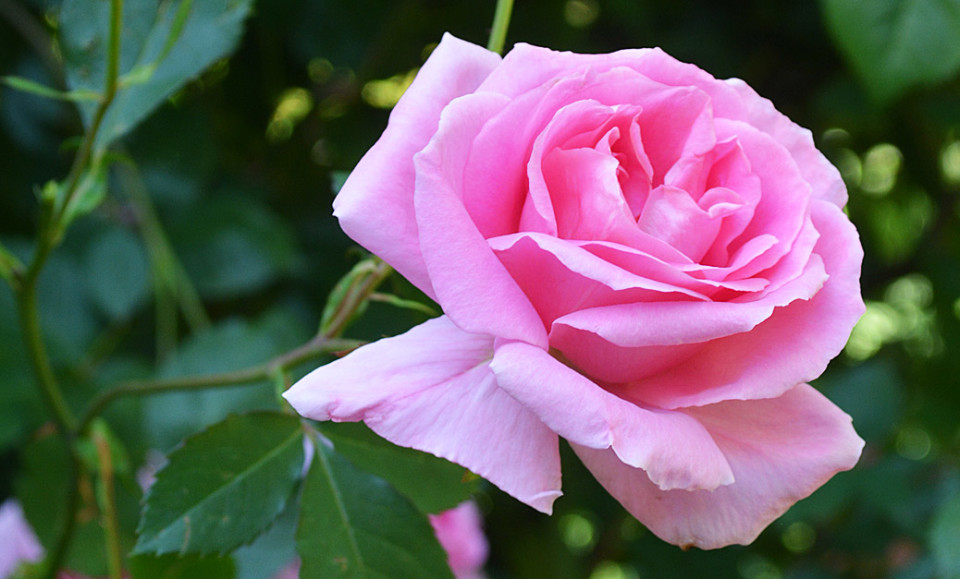Shrub rose
(Carefree Beauty)

Description
The 'carefree beauty' rose is a vigorous, upright shrub rose sports smooth, olive-green leaves and clusters of cup-shaped, semi-double, fragrant, bubble-gum-pink flowers from spring to fall. Flowers are followed by round hips in shades of orange and red. Prefers an open site in full sun. Best in moderately fertile, humus-rich, moist but well-drained soil. Plant in late fall or early spring, when the ground is not frozen. Remove suckers from rootstock as soon as they appear. Susceptible to aphids, leafhoppers, spider mites, scale insects, caterpillars, sawfly larvae, cane borers, Japanese beetles, rose stem girdlers, thrips, rose chafers, rose midges, rose slugs, and leaf cutting bees. Rabbits and deer can also cause damage. Prone to black spot, rust, powdery mildew, dieback, canker, crown gall, viruses, and downy mildew. A rose is a woody perennial flowering plant of the genus Rosa, in the family Rosaceae, or the flower it bears. There are over a hundred species and thousands of cultivars. They form a group of plants that can be erect shrubs, climbing or trailing with stems that are often armed with sharp prickles. Flowers vary in size and shape and are usually large and showy, in colours ranging from white through yellows and reds. Most species are native to Asia, with smaller numbers native to Europe, North America, and northwestern Africa. Species, cultivars and hybrids are all widely grown for their beauty and often are fragrant. Roses have acquired cultural significance in many societies. Rose plants range in size from compact, miniature roses, to climbers that can reach seven meters in height. Different species hybridize easily, and this has been used in the development of the wide range of garden roses.
Taxonomic tree:







